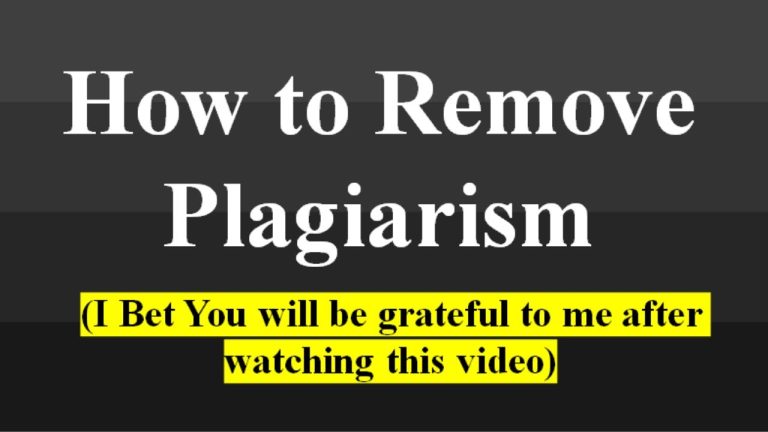Rejection happens to everyone, and it may be a positive experience. In the case of submitted articles, writers at both the beginning and end of their careers will face rejection. In reaction to a rejection letter, do not tear it to tears or, in today’s internet environment, completely delete the message. Similarly, one should avoid making the choice to never write another paper again. Many rejected manuscripts may eventually find a home with rewrites or improved targeting to a more appropriate journal. This post will look at viable choices for authors hoping to find a home for their works.
Table of Contents
Check Your Pulse
First and foremost, address your emotions. Although rejection is never easy to accept, it is especially difficult in the start of your career. It is vital to recognise your feelings and use your best coping techniques, such as relaxing with your favourite tea or coffee, venting to friends or family, exercising, or receiving a hug from your children. After you’ve acquired a state of calm, you’ll be able to logically assess why your article was rejected. Hopefully, this first action will become routine over time, and you will quickly recover balance.
The rejection letter should be read with the same attention as the instructions for cashing in a winning lottery ticket. Never read merely the punch line (reject). It’s amazing how many authors ask me things that are expressly answered in the rejection letter. If the letter looks to be confused or unhelpful, have a coworker read it. Despite the exponential expansion in the number of online and print journals1, more manuscripts are rejected “internally” without external peer review as the number of submissions to journals increases. In this situation, one or more journal editors will assess the paper’s relevance for the journal’s readership, balance with recently accepted or impending accepted works, and overall quality.
Adhering to the Author’s Instructions
Many journals reject articles that do not strictly adhere to the author guidelines in terms of format, word count, number of figures and tables, and reference style throughout the review process. As author instructions get more extensive, they are becoming less “author-friendly.” Regardless of how difficult they are, author instructions must be scrupulously followed; any deviation must be explicitly explained in the cover letter to the journal editors. Some journals will assess articles that do not follow the established format if accompanied by a cover letter explaining the cause for the deviations; for these sorts of submissions, it is best to contact independently with the journal office. JGME usually avoids an early rejection by asking writers to review their article. Similarly, do check plagiarism of your research paper. Plagiarism leads to many rejections and you can use free plagiarism software called Copy Checker for this purpose.
Meeting the Requirement of Journal:
A mismatch between the study and the scope of the journal, which is directly tied to the journal’s target audience, is a typical cause for internal rejection of submitted papers. Although a journal’s title provides some information about its focus, more may be obtained on its website. There are at least 99 health professions education publications available in print and online, with significant overlap in goal and scope. A review of one or two journal issues will inform authors on the most prevalent themes, study designs, and authors. Thus, before submitting your work, it is strongly advised that you study a few journal issues for substance and structure. There are several websites that attempt to match article title, key terms, or abstract. Many journals also recommend using a plagiarism detector for reviewing the plagiarism of the article.
Finding additional Data and Analysing it
The small “n” of people under research sometimes limits quantitative articles that investigate a novel educational intervention. Many of the groups we study—faculty, residents, and students—are naturally constrained, and we cannot recruit extra individuals as in clinical trials. When no correlation is identified between the outcomes of interest and the intervention, the association may exist. However, the sample size may have been insufficient to detect a connection (a type II error). With tiny sample sizes, a correlation is observed only when the effect size (the size of the influence) is very great. Small sample sizes will also restrict generalizability significantly. These tiny “n” research frequently fail to advance the area.
Submitting the Article Again
If the errors mentioned in the rejection letter apply to actions or outcomes that you performed but were excluded from your article for whatever reason, you may be able to resubmit your manuscript with the missing techniques or data. It is best to first verify with the journal office. Alternatively, the reviewers may propose that your manuscript be placed in a different category. This will necessitate a thorough rewrite of the work in order to conform to the author’s guidelines for the new category. Consider whether another publication with a different focus or target audience is a better alternative before reworking your manuscript to match a different article category.

